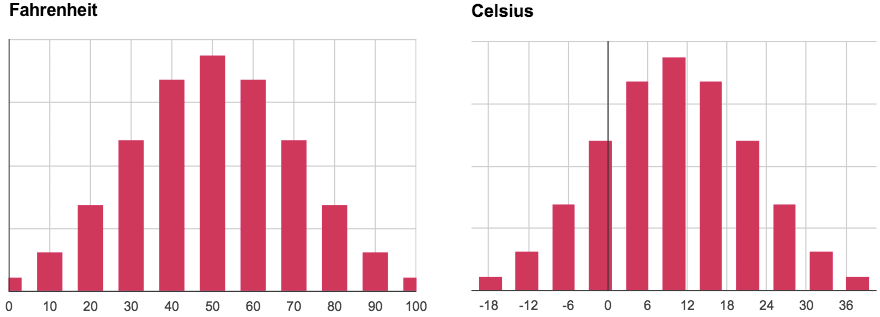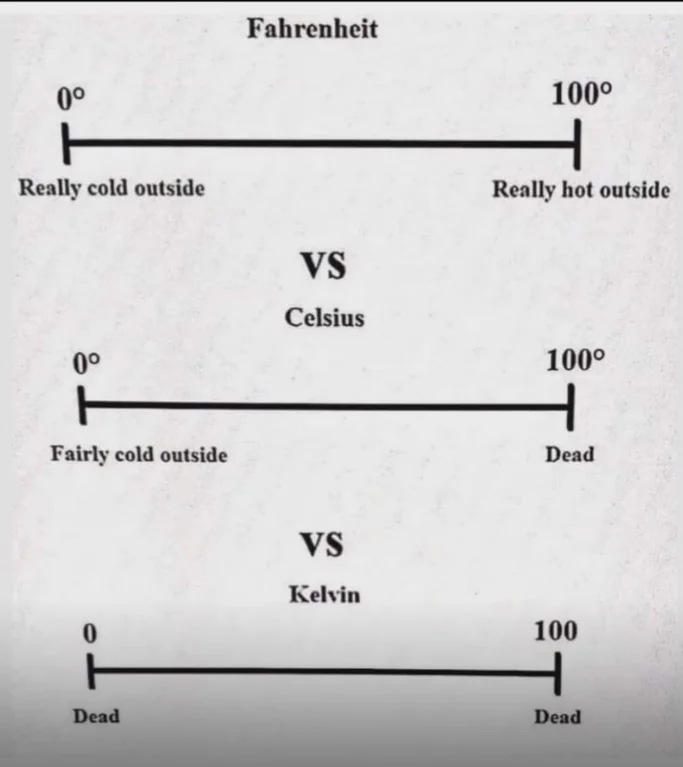I recently went to Montreal, where I was immersed in the Metric world again. Kilometers distances to everywhere, Celsius temperatures in every weather prediction, and oddly Imperial Gallons of Gasoline (because of their English heritage - the Queen of England is still imprinted on their Money), where they get 1.2 of our U.S. Gallons. I had incorrectly assumed they sold it in Liters, and had converted to a Kilometers per Liter system of gauging milage, along with the rest of the Metric system...
However, while I do think that many of our old U.S. standard measurements will eventually become silently defunct (do you buy soda in half-gallons, or liters?). Just because certain metric measurements are superior to traditional measurements (centimeters has more detail than inches), this doesn’t mean that every part of the metric system is superior. As we're coming up on the 300th anniversary of Fahrenheit's invention, I thought I'd use this opportunity to come up with four quick responses to why Fahrenheit is better than Celsius as a standard of temperature measurement for the World!


